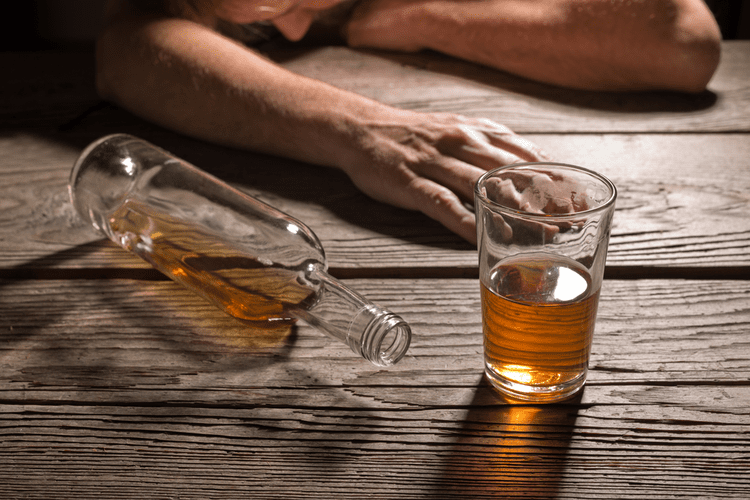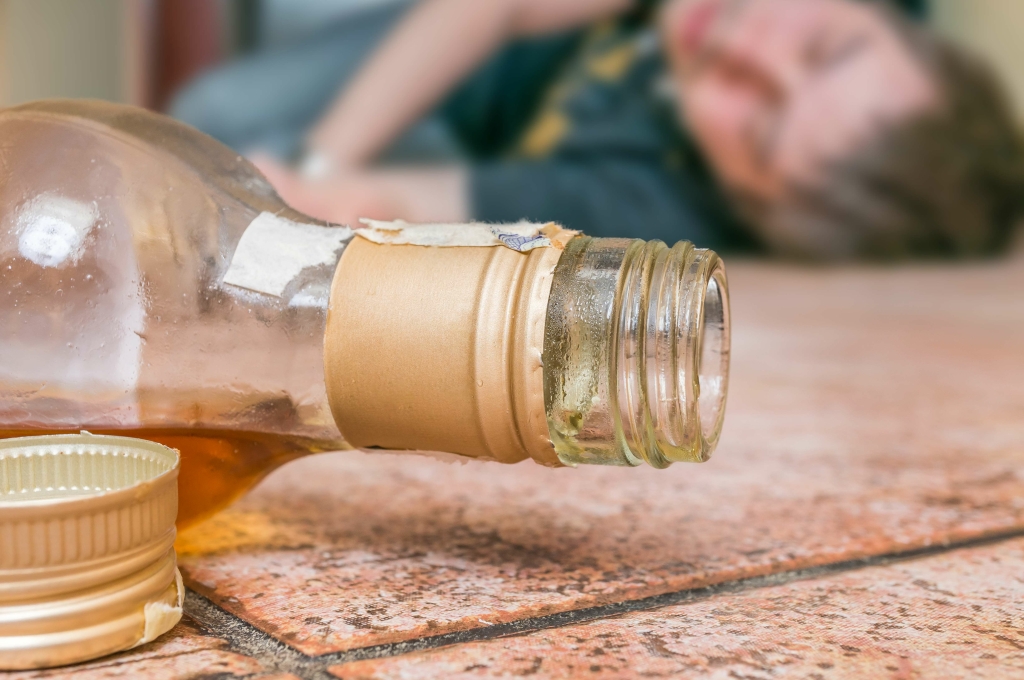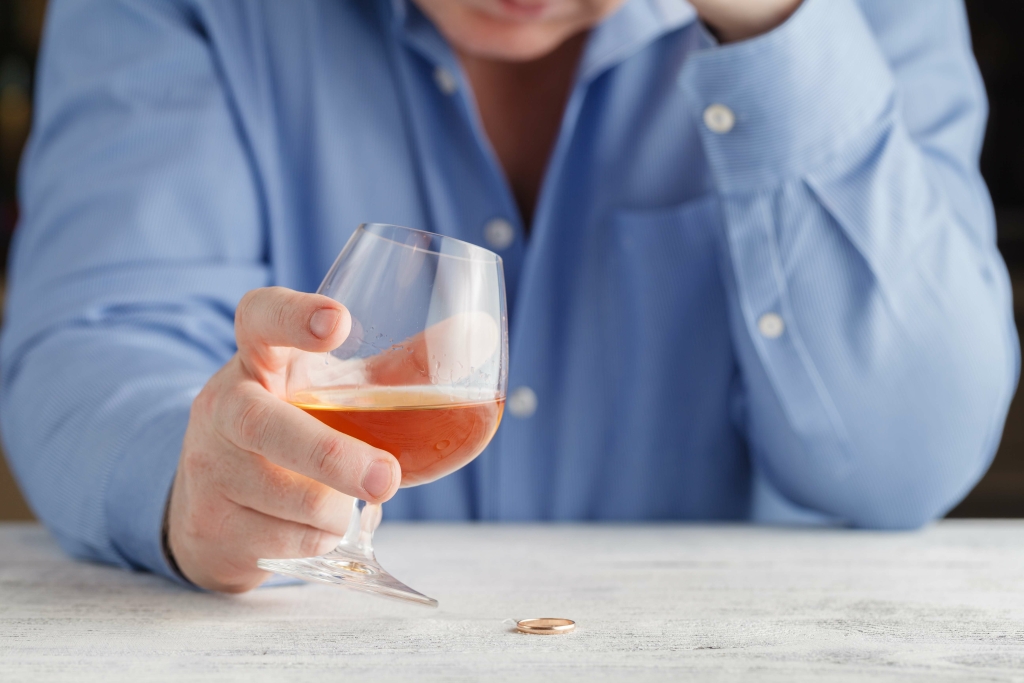Our state-specific resource guides offer a comprehensive overview of drug and alcohol addiction treatment options available in your area. Urban Recovery is a top addiction treatment center in 2025, offering personalized care, family support, and dual diagnosis treatment for lasting recovery. Substance abuse is a complex issue with significant impacts on individuals and society as a whole.
Insurance Providers
- Encourage them to share their thoughts and feelings, ensuring that they feel heard and understood.
- Being aware of these changes is essential to identify potential struggles with substance abuse.
- Remember, early intervention can make a significant difference in helping individuals overcome addiction and regain control of their lives.
- Early intervention is the best possible way to ensure that whatever damage has been done can be reversed or improved upon.
These signs of stimulant use include increased energy, enlarged pupils, and loss of inhibitions. Approach the situation with empathy and encourage the person to seek professional help if necessary. Discover the telltale physical signs of drug use and learn to recognize the subtle indicators that can reveal someone’s substance use. Prepare to gain insights into identifying these signs, backed by relevant facts and figures from reliable sources.
Reset Your Mind: Benefits of Inpatient Mental Health Care
Simply fill out the form below for an instant, confidential insurance verification. Take the first step toward recovery with peace of mind, knowing exactly what your plan covers. Calls to any general helpline will be answered by treatment providers, each of which is a paid advertiser. Any treatment center receiving calls from the site is a paid advertiser. All these injection methods are known for producing instantaneous and intense effects on the user. Dr. Chintan is a Board Certified Family Physician with an interest in holistic and preventative care as well as healthcare systems.
Whether it is a paid informant, an undercover officer, or an anonymous tipster, the potential for harm is always present. It is important to remain vigilant and take the necessary steps to protect yourself and your sources. While your support is crucial, it’s important to acknowledge that professional help is often necessary for individuals struggling with drug use. Encourage your loved one to seek assistance from healthcare professionals, addiction specialists, or substance abuse counselors who can provide the appropriate guidance and treatment.
Long-Term Effects of Cocaine
If you notice your loved one displaying signs of emotional instability or irritability, it’s important to approach the situation with empathy and understanding. Encourage your loved one to seek professional help and treatment to address the root cause of their emotional distress. This manifestation can be observed in several ways, making it an important indicator to watch for. Individuals using drugs may feel isolated and withdraw from social interactions, preferring to be alone.
Approaching a Loved One
- This is often the case with drugs such as amphetamines, alcohol, marijuana and prescription drugs.
- Individuals seeking acceptance within these communities adopt injection practices to gain social approval, despite the increased health risks.
- They may no longer prioritize their personal hygiene routine as they once did.
- These signs can manifest in various ways, affecting cognitive abilities and emotional well-being.
A person with an addiction may experience sudden mood swings and unexplained personality changes. They may appear calm, happy or excited when they are under the influence and display intense irritability or angry outbursts when the drug wears off. If you notice your loved one acting differently than they previously did or exhibiting unexplained mood swings, they may have an addiction.
It is important to note that changes in sleep patterns alone do not definitively indicate substance use, but they can be a red flag. If you notice these changes in someone you know, it may be worth having a conversation to express your concerns and offer support. Common changes in sleep patterns include difficulty falling asleep, how to tell if someone is on drugs staying asleep, or disrupted sleep.
However, it has trained information specialists who can transfer callers to state services or appropriate intake centers to connect them with local assistance and support. Recognize and address the issue promptly to prevent further negative consequences. Your loved one may become defensive when asked about where they’ve been, what they’ve been doing, or who they’ve been hanging out with. They may especially become defensive if you ask them about drugs or addiction. People who inject drugs will have marks or small wounds, usually on their arms. These marks may become infected depending on the cleanliness of the needles used.
Almost 18% of Canadians report that they have used an illegal drug at some point in their lifetime. Drug abuse is a major problem in many communities, and law enforcement is often on the lookout for individuals involved in drug trafficking. While it can be difficult to tell if someone is a drug informant, there are some telltale signs that may indicate that an individual is working with the authorities. In this article, we will discuss how to tell if someone is a drug informant and the potential consequences of working with an informant.
While hidden drugs are the most significant indicator of addiction, you should also look for drug paraphernalia if you suspect a loved one needs intervention and help. Some drugs, like stimulants, can suppress appetite and cause weight loss. Other drugs like cannabis may increase appetite and lead to weight gain. Appetite changes can also be due to underlying disorders like depression or anxiety, which are common co-occurring disorders with drug use. In order to protect yourself from potential informants, there are a few steps you can take.
If you suspect someone may be struggling with substance abuse, it’s important to approach the situation with compassion and encourage them to seek professional help. By being aware of these physical signs of drug use, you can better identify potential substance abuse issues in adults. It’s important to approach the situation with empathy, understanding, and a readiness to provide support. If you suspect someone is struggling with drug use, consider reaching out to a healthcare professional or addiction specialist for guidance on how to proceed.
Continued use can lead to drug tolerance, physical dependence, and addiction. Education and prevention programs contribute to creating healthier and safer communities by providing accurate information, promoting prevention strategies, and offering support. People often use drugs to change the way they feel, whether to increase pleasure or calm anxiety. If you notice that your loved one has a drastic change in their usual mood, either they are extremely euphoric or drowsy, it could indicate drug use. You may notice this person spraying areas such as their room or car, wearing very strong cologne or perfume, or even burning candles and incense to cover it. Some drugs, like alcohol, marijuana, crack, or meth, have distinct smells that individuals may try to cover up.
What are the physical warning signs of drug abuse?
In the workplace, signs can include erratic behavior, frequent absences, or a decline in work quality. Watching for these signs in loved ones, such as changes in appearance, secretiveness, or financial troubles, can help identify substance abuse problems. Understanding the context and specific signs in these situations enables targeted interventions and assistance. Cocaine is a very powerful stimulant that can easily lead to addiction but is very difficult to quit. The psychological stress, however, can be intense, oftentimes leading someone to continue using.





